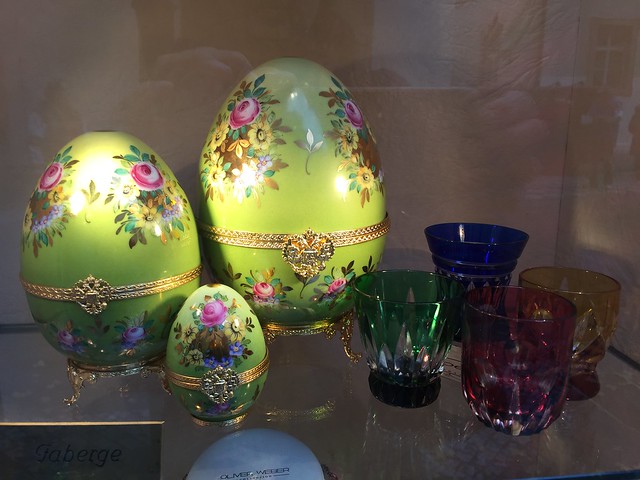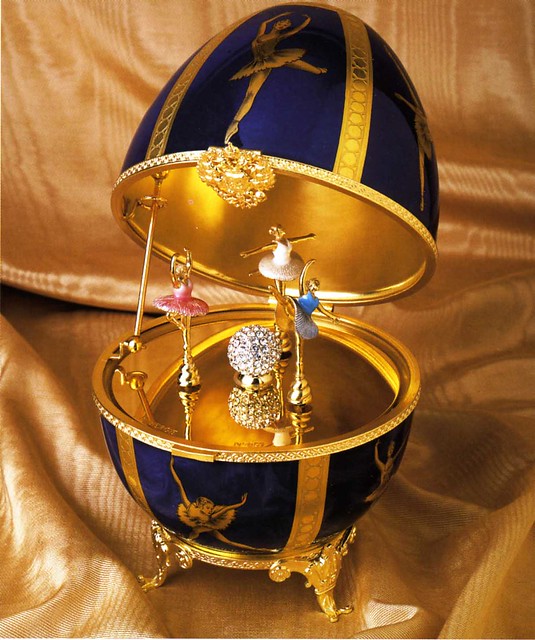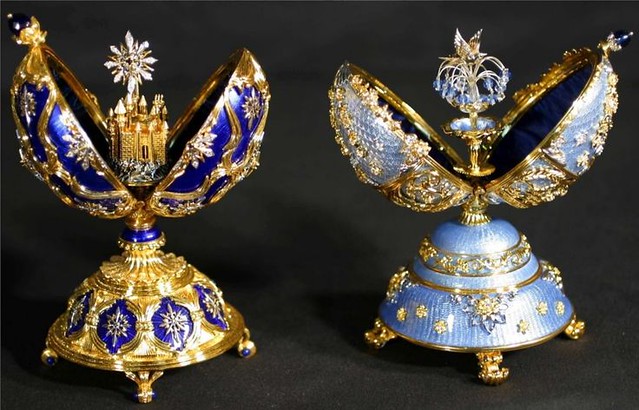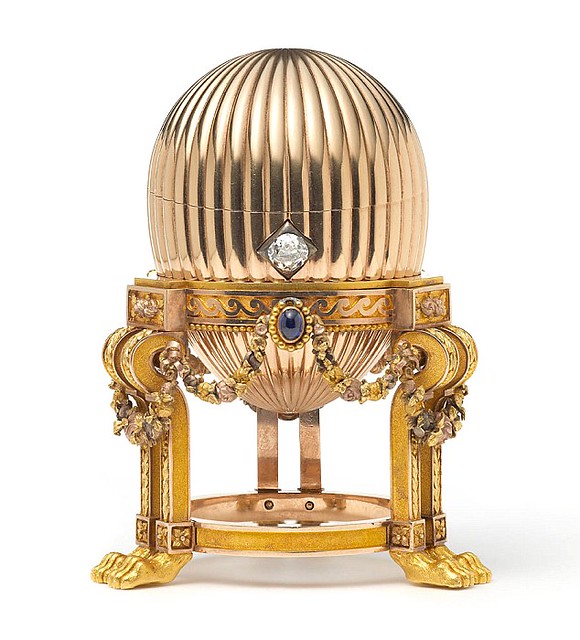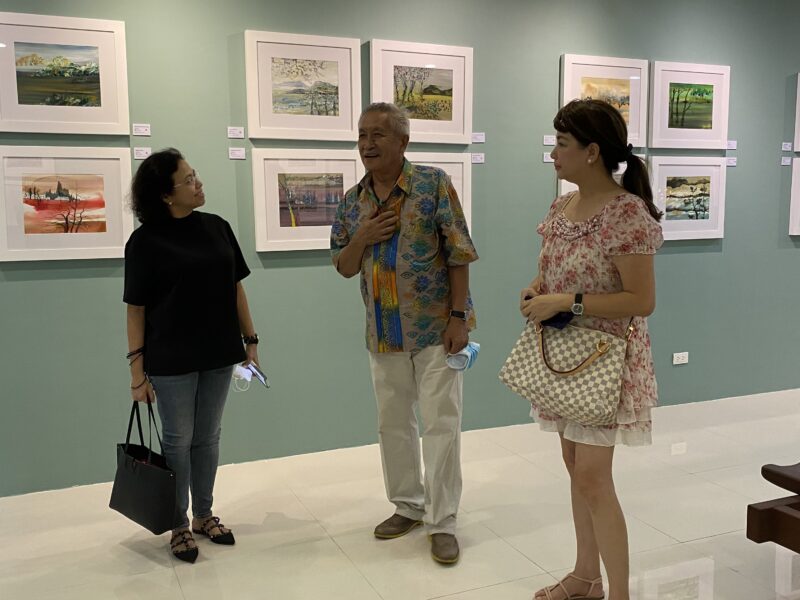November 10, 2015
Russian-made handicrafts and other souvenir items such as the Matryoshka dolls and the Faberge eggs could be found in most souvenir stores in Prague. The dolls are affordable, the eggs are pricey.
Twenty years ago, I attended a business gathering in Belgium with European businessmen in honor of then President Fidel Ramos. The guy seated next to me mentioned that some Russian eggs were sold at over US$5,000 each. That time, I couldn’t imagine an egg would cost that much.
I’ve seen so many made in China eggs that looked similar to these. But I could tell the difference in the quality and craftsmanship.
These stunning Imperial eggs made of fine porcelain with gold plated rims and accents are orig, made by the House of Faberge, a jewellery firm founded in 1842 in St. Petersburg, Russia, by Gustav Faberge, using the accented name “Fabergé”.
In 1917, the Russian Revolution brought an abrupt end to the Romanov dynasty, and to the House of Fabergé. The company was nationalized, all production closed down and Gustav’s son, Peter Carl Fabergé and his family fled Russia.
Following its founder’s death in Switzerland, the Fabergé heirs lost the rights to the Fabergé name. History came full circle in October 2007 when Fabergé, under new ownership and direction, announced the reunification of the Fabergé brand with the Fabergé family. (Faberge/Wikipedia)
There’s a crystals and porcelain store near Prague’s Old Town Square that has in their locked display cases one of a kind pieces that are numbered and with certificates. I asked the sales guy what’s the purpose of those eggs. He said I could put my jewelry or just for decoration. I don’t think it’s practical to be used to keep jewelries. It wobbles and it’s not sturdy to enough. I am one clumsy gal and there’s a 100% chance that I would knock it off.
The guy removed the one I pointed at from the glass case. I was too afraid to get too close let alone touch it. Inuubo pa mandin ako, baka mapalakas ang ubo ko eh tumilapon yung itlog. Patay. Wala kaming pambayad.
They are pretty, elegant and really nice but I have difficulty digesting spending one hundred thousand pesos for an egg to be kept only inside a locked glass case at home. It would add to my stress and worry that my maids could accidentally break it into several pieces or slip it into their bags.
US$33 million Faberge egg
(Article by Larisa Brown for the Daily Mail and Joshua Gardner)
Given by Alexander III Emperor and Autocrat of all the
Russias to Empress Marie Feodorovna for Easter 1887.
The jewelled and ridged yellow gold Egg stands on its original tripod pedestal, which has chased lion paw feet and is encircled by coloured gold garlands suspended from cabochon blue sapphires topped with rose diamond set bows.
It contains a surprise of a lady’s watch by Vacheron Constantin, with a white enamel dial and openwork diamond set gold hands. The watch has been taken from its case to be mounted in the Egg and is hinged, allowing it to stand upright.
Made by Fabergé’s Chief-Jeweller August Holmström,
height 8.2 cm.
Fifty Imperial Easter Eggs were delivered by Carl Fabergé to Emperors Alexander III and Nicholas II from 1885 to 1916. The Third Imperial Easter Egg was until its recent rediscovery among the eight lost Imperial Fabergé Eggs.
The Egg was recently bought for $14,000 in America. The purchasers were unaware of its provenance and the price paid was calculated only on its intrinsic value. Its exhibition at Wartski in April 2014 is the first time it has been seen in public for 112 years.

